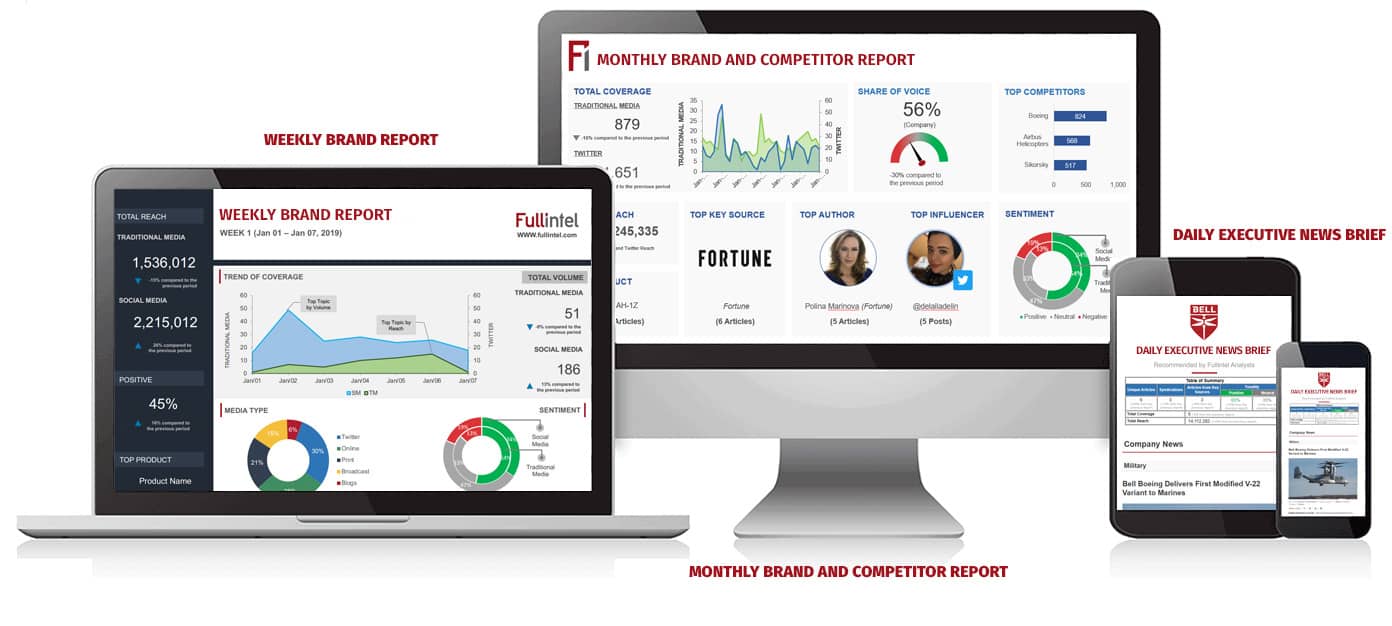Being a communications team for a large health-care provider, health system, or pharmaceutical company isn’t easy either – just for slightly different reasons:
- The volume of media coverage (and social mentions) these organizations receive is almost always massive
- Coverage appears in a wide variety of outlets and across a large number of geographies
- These organizations typically have multiple regional offices across multiple states (and even countries, in some cases), each receiving unique coverage
- These organizations also often have several different therapeutic lines (or business units) that also each receive unique coverage
- Much of the media coverage appears in small local or niche sources (such as trade publications), making it far more challenging to find and capture
The Covid-19 pandemic has only added to these challenges over the past year and a half, sometimes dramatically increasing the volume of mentions these organizations receive while simultaneously decreasing staff bandwidth.
And even though these organizations often have several regional offices or business units that must be tracked separately, the C-suite also needs to have an accurate bird’s-eye view of coverage across the entire enterprise.
A fractured approach to media monitoring
That’s often a huge challenge, however, because many organizations take a somewhat fractured approach to the media monitoring and reporting process.
Sometimes it’s done by a combination of a PR agency and an automated news aggregator, which often leads to confusing, time-consuming, and mistake-prone workflows.
In other instances, every regional office or therapeutic line uses their own, unique solution.
These approaches are easy to fall into, but almost always lead to media data being siloed within business units with no single source of truth across the organization.
And because most media monitoring companies (and agencies) rely on slightly different methodologies for media monitoring and intelligence, it all adds up to an apples and oranges comparison when it’s time to combine the information for an enterprise-wide analysis. Which is bad news for the business overall.
After all, you know what they say about bad data and business decisions. They don’t mix well.
Tips for effective media monitoring for health care and pharma
The cure for what ails many media monitoring programs in the health-care and pharma space is simple: A lack of consolidation across the enterprise.
- By consolidating all media monitoring and media intelligence activities under a consistent methodology, communications teams (and executives) at health-care and pharma organizations can rely on predictable media data among every region and therapeutic line. This also builds economies of scale, because all content gets curated, toned, and tagged once via a centralized process (instead of various business units potentially performing these tasks multiple times with the same article).
- Consolidated media monitoring and intelligence processes don’t just lead to consistent data and media monitoring methodologies. They also provide consistent media analysis methodologies, metrics, design and branding of reports, and delivery schedules.
- Streamlining several disparate approaches and processes also allows enterprises to view all their media coverage in one place. Most media monitoring companies typically include a software-as-a-service (SaaS) platform, where clients can log in and interact with their coverage. A consolidated approach means PR teams in any region or from any business unit can log in to see their own coverage, while headquarters can log in to see everyone’s coverage.
Using an expert curation service with dedicated human analysts also means less work for PR teams, because analysts get to know your organization and industry – cutting down dramatically on irrelevant or missed content, and saving teams hours they’d normally spend flagging and chasing down mistakes.
Expert curation also captures small local, niche, and paywalled content much more effectively than aggregators, which often don’t include these types of publications.
That leads to better team morale, and more focus on important communications tasks. It also leads to better media insights. And better insights mean better business decisions.
Fullintel has helped streamline the media monitoring processes of several health care systems, providers, and pharmaceutical companies across the U.S. and internationally – and we’d love to work with you, as well.
Contact us today to learn how Fullintel can improve your media monitoring and intelligence processes, save your organization money, and make less work for your team.


